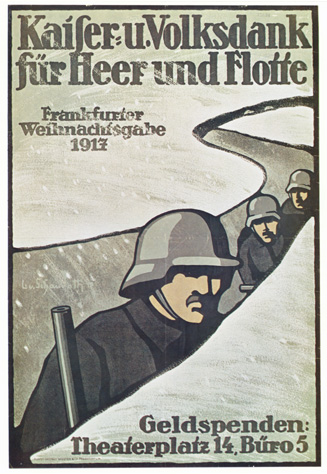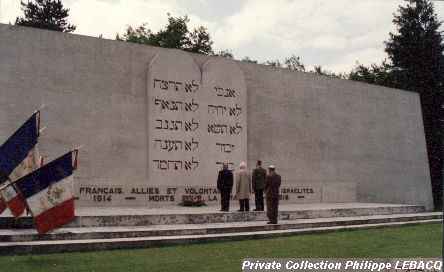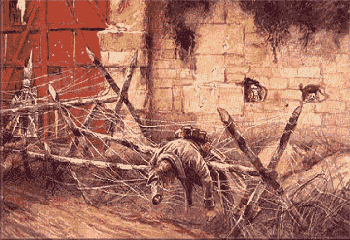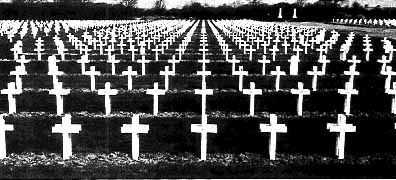 | ||
Updated November 11, 2001
Scroll cursor over pictures for Description
On the 11th hour, of the 11th day, of the 11th month, in 1918, the Armistice was signed, bringing to an end one of the bloodiest chapters in Man's history.
Those who forget the past are condemned to repeat it.
Scroll cursor over pictures for Description
On the 11th hour, of the 11th day, of the 11th month, in 1918, the Armistice was signed, bringing to an end one of the bloodiest chapters in Man's history.
Those who forget the past are condemned to repeat it.
November 11, 1918 - November 11, 2001
Lest We Forget
World War One began with a minor assassination in a small corner of a long-forgotten empire in Europe. Yet it was to become history's first truly global conflict. It embroiled some 30 countries across five continents and was fought on a scale never before seen by mankind.
|
|
|||||||||||||||||

by C. Arthur Yancey, 2001 | ||||||||||||||||||







